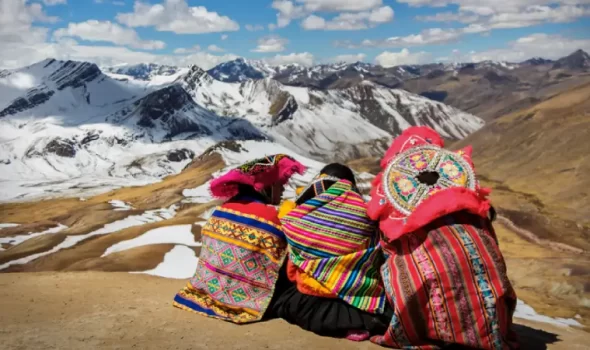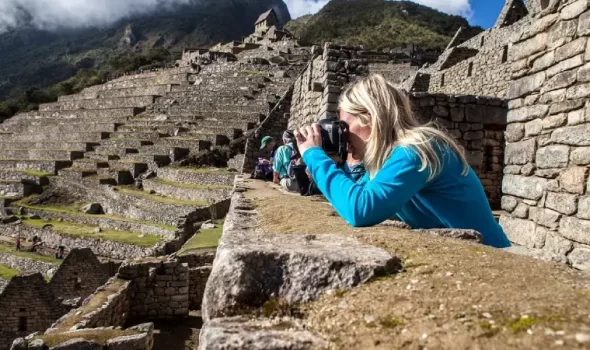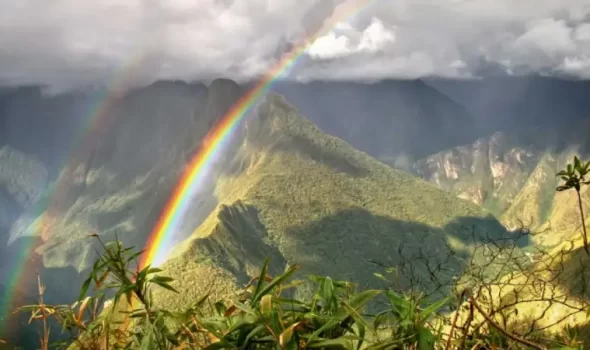Was Machu Picchu the Lost City of the Incas? On July 24, 1911, the American explorer Hiram Bingham found the remains of the great Inca city of Machu Pichu. It was built by the Incas in the 15th century. Since the time of the conquest, the lost cities of the Incas have been enduring and evocative of myths about ancient Peru. Although Hiram Bingham believed he had discovered the lost city of the Incas, Machu Picchu was not the lost city of the Incas as evoked by ancient myths and stories.
Let us clarify with Auri why Machu Picchu is not the lost city of the Incas.
Arrival of Hiram Bingham to Machu Picchu
Hiram Bingham left Cusco on July 19, 1911 with his team, horses and mules and a military escort. They advanced north from Ollantaytambo following the new path along the Urubamba River valley until they camped next to the Mandor bridge. On July 24, 1911, Melchor Arteaga guided him to the ruins of Machu Picchu, located on a height on the left bank of the river, among which Anacleto Alvarez’s family lived. Curiously, Bingham also arrived at Espiritu Pampa, the place that later would also be called Vilcabamba ” the Old One” or the lost city of the Incas.
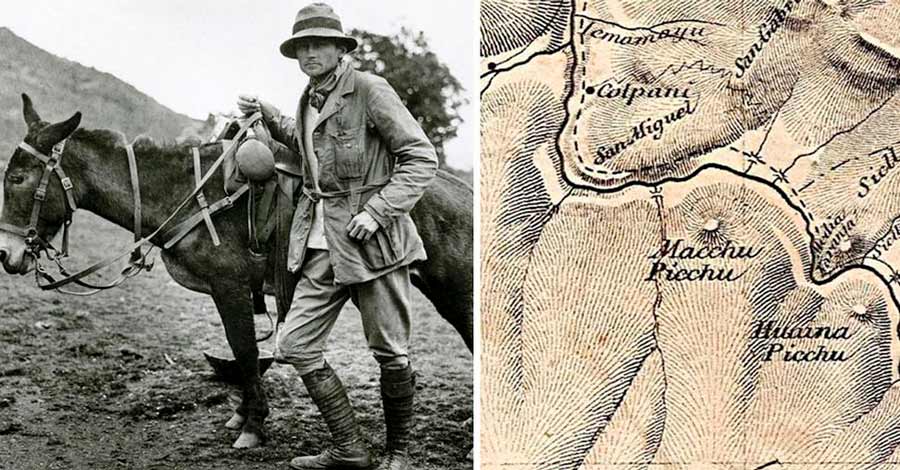
Other people had already visited Machu Picchu before Bingham. He found written with charcoal on the wall of the temple of the three windows the name of the Cusquenian Agustín Lizárraga, leaving testimony that he had been there with a neighbor in 1902. And several people were living in that archaeological site when the North American explorer arrived.
Also, documents from the 16th century cite “Picchu” (Machu Picchu) as an encomienda of Hernando Pizarro. Machu Picchu also appears in some 19th century maps. In the one elaborated in 1871 by the German engineer Hermann Göring, hired by the government of Peru; and in 1865 in the great map of Peru by Antonio Raimondi.
In the face of any doubt, there is consensus in affirming that Hiram Bingham was the one who made this wonder known to the world and that he was the Scientific Discoverer of one of the wonders of the world.
Machu Picchu the lost city of the Incas?
The llaqta of Machupicchu was never lost and therefore no one discovered it. Bingham had the privilege and the resources to reveal its existence to science and the world. To attribute the “scientific discovery” to him is totally valid, since, although there were several people who arrived at the llaqta before 1911, most of them did it with intentions lacking scientific motivation, all of them were in search of hidden treasures.
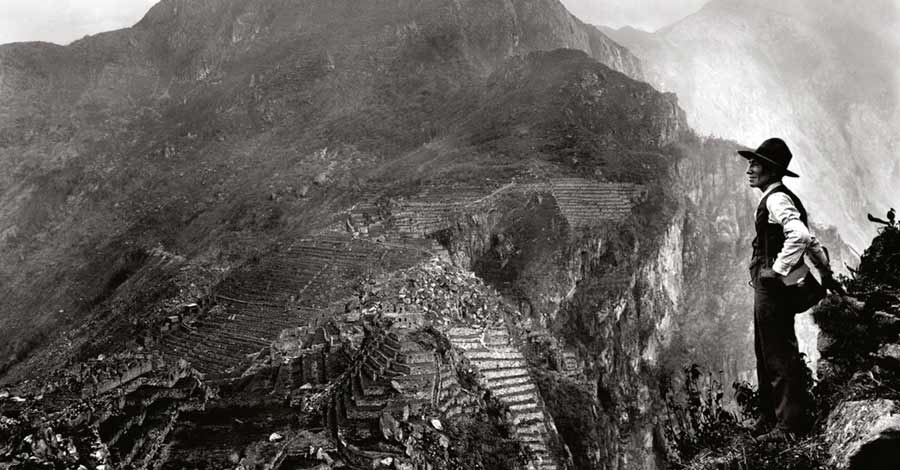
As mentioned above, nine years earlier, Agustín Lizárraga had been the first treasure hunter to leave an inscription on the Machupicchu llaqta during his initial visit in 1902. In fact, there are many evidence that he was not the first and that many other treasure hunters had come before him. Today, the discovery of Machu Picchu is attributed to Agustin Lizárraga and the discovery or scientific dissemination to Hiram Bingham.
Machu Picchu was not unknown to many peasants who lived in the nearby areas. From the bridge of San Miguel, very close to the Inca llaqta, it was possible to make out the silhouette of the small building near the stone of the intihuatana. In addition, there were many people who regularly traveled along these trails. Even some farmers still cultivated products on the Inca terraces, and others even lived there, mainly the farmers of San Miguel.
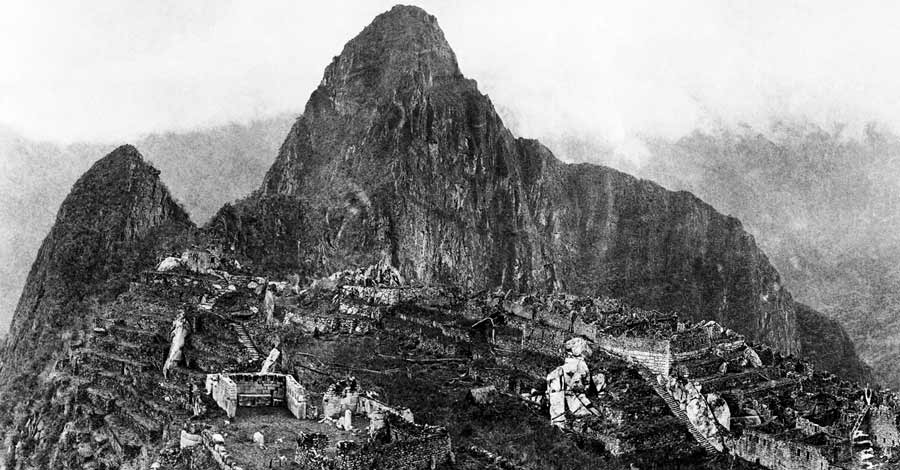
Where is the lost city of the Incas?
Paititi, Vitcos, Vilcabamba “The old one” or Hatun Vilcabamba; are names that have led numerous treasure hunters, adventurers and explorers in search of gold since the time of the conquest. The Spaniards themselves sent numerous expeditions in search of gold. All to no avail. However, when all hopes had been abandoned, at the beginning of the 20th century, the myth made its appearance thanks to the adventures of a controversial character: Hiram Bingham, the rediscoverer or scientific divulger of Machu Picchu.
Historically speaking, the lost city of the Incas corresponds to Vilcabamba “the Old One” or Hatun Vilcabamba. A place that was the capital of the Incas, after the capture of the city of Cusco. Vilcabamba “The Old One” is known for being the last refuge of the so-called “Incas of Vilcabamba”: Manco Inca, Sayri Tupac, Titu Cusi Yupanqui and Tupac Amaru I. This Inca city was the last free Inca city and was finally conquered by Spaniards in 1972 after almost a month of bloody fighting in the jungle of Cusco.
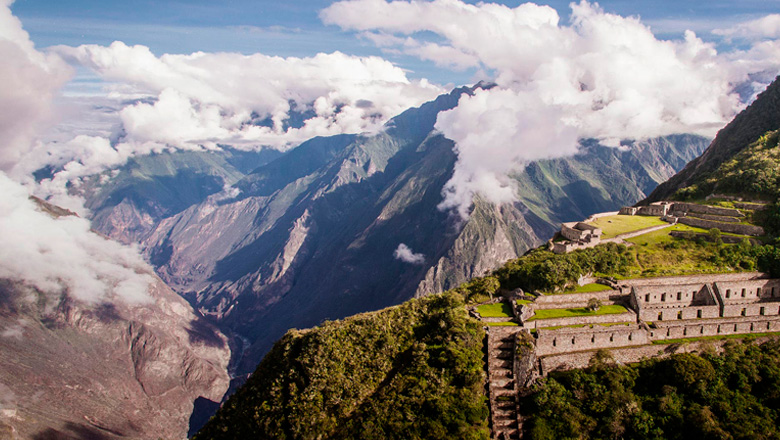
Choquequirao, Peru
Vilcabamba was the capital of the Inca resistance as reported in the chronicles of the sixteenth century. The location of this place was forgotten after the capture of the last Inca of Vilcabamba, Tupac Amaru I, when Vilcabamba was burned and abandoned. After them the Spaniards founded a new city, much more accessible, which was called Vilcabamba ” The New One.
Hiram Bingham arrived at Machu Picchu in search of Vilcabamba “The Old One”. Initially he believed that Machu Picchu was Vilcabamba and then that it was an Inca city inhabited after the fall of Vilcabamba. Likewise, in the past Choquequirao, another great Inca complex, was pointed out as the lost city of the Incas, Vilcabamba.
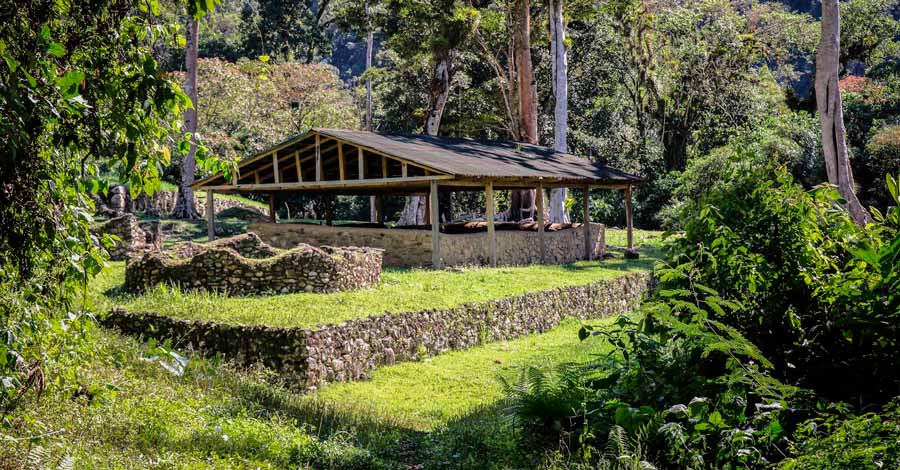
Espiritu Pampa
Today some say that Vilcabamba “The Old One”, the lost city of the Incas, is Espiritu Pampa. However, the characteristics of these places (Machu Picchu, Choquequirao and Espiritu Pampa) do not coincide with the descriptions in the chronicles.
On the other hand, an Inca site has recently been identified in totally unexplored lands 80 kilometers in a straight line to the west of Machu Picchu. And everything seems to indicate that this place called “Hatun Vilcabamba” is the “Old” Vilcabamba, the one of the chronicles, the one of the Inca resistance and therefore the “Lost City of the Incas”. Santiago del Valle Chousa is the person who has made continuous explorations of the site and who identified Vilcabamba, the Old One.
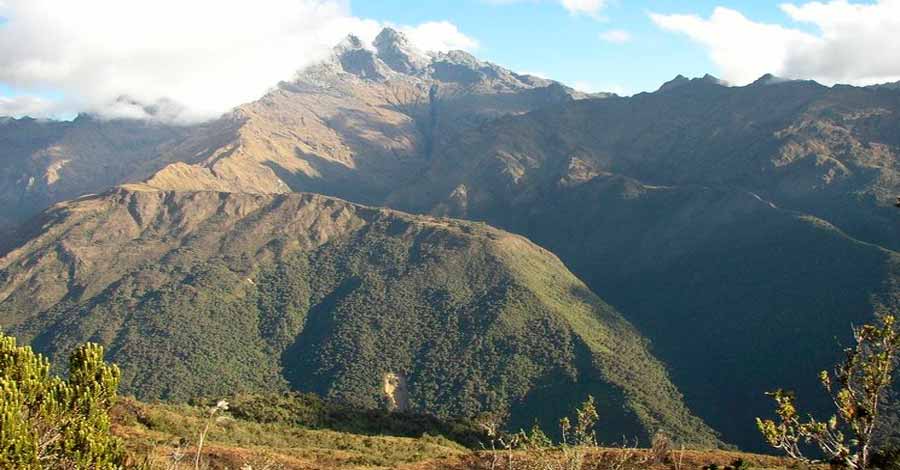
Hatun Vilcabamba, the area where the real Lost City of the Incas is located. There is still a large amount of excavation work to be done in this very remote area.
For all these data it could be said that Machu Picchu was never lost and that the rediscovery of Hiram Bingham catapulted it to international fame. However, many still attribute to it the title of the Lost City of the Incas. Thanks to hundreds of photographs he was able to take, in 1912 a complete expedition arrived at Machu Picchu with engineers, archaeologists and others willing to write the history of the city.
What is Machu Picchu?
Machu Picchu, Machu Pijchu or Machupicchu is a colossal work of Inca architecture and engineering called “llaqta”, the word for multifunctional Inca cities in the Quechua language. It is one of the greatest feats of Inca engineering, and one of the 7 wonders of the world as of June 7, 2007. It has endured six centuries of earthquakes, foreign invasions, natural conditions, and yet remains unbeatable over time.
It is one of the best places in the world to be discovered by oneself, stroll through its almost 200 enclosures distributed in three zones and climb to the dizzying heights of Huayna Picchu, the mountain in the background that heads the panoramic photographs of this wonder. Machu Picchu is considered the top destination in Peru.
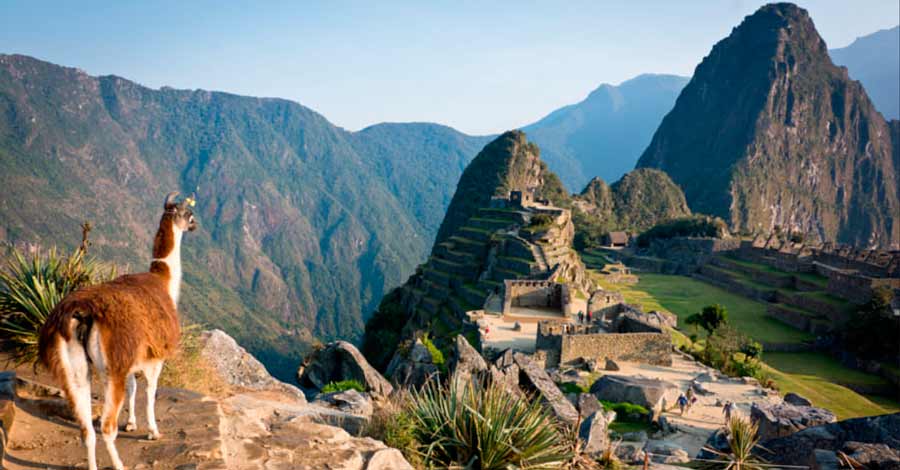
Where is Machu Picchu?
Machu Picchu is located in the Peruvian region of Cusco, province of Urubamba and district of Machu Picchu. This great Inca construction is located half way up to the mountains of Huayna Picchu and Machu Picchu Mountain at 2340 metres about sea level within the geological phenomenon called Vilcabamba Batolith in the Andean mountain range of the same name in the jungle area. It is also located within a natural conservation area of intangible character protected by the Peruvian state and called: Historic Sanctuary of Machu Picchu.
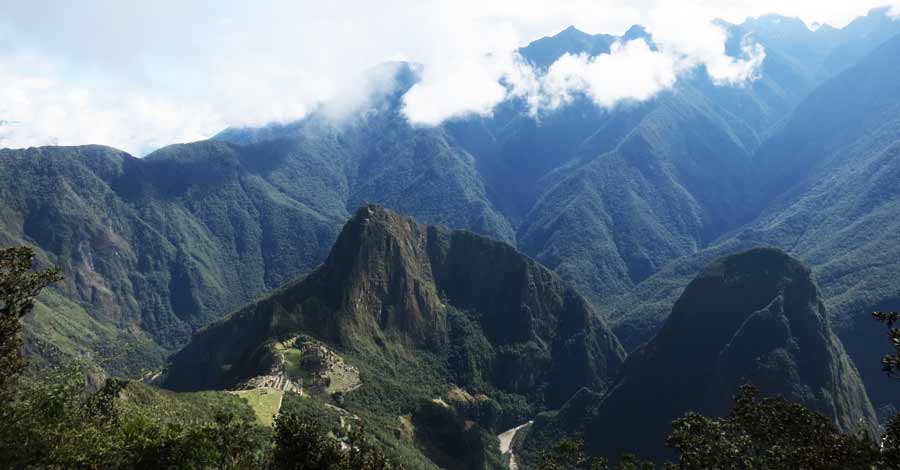
Peru has many amazing places waiting for you, discover the most enigmatic and beautiful places in Peru with us. Working for many years in the travel industry, Auri Travel is pleased to help you with your travel plans to Machu Picchu and various places around Peru, come and enjoy a memorable adventure with us!








